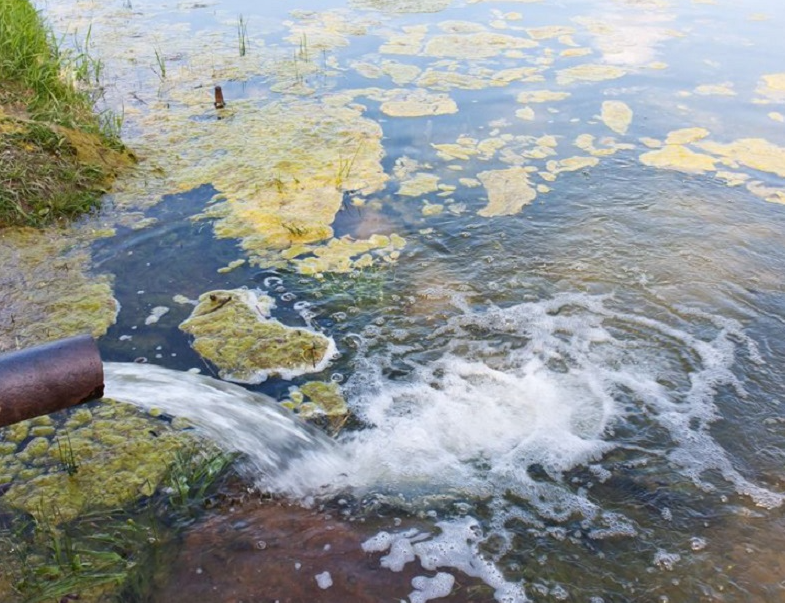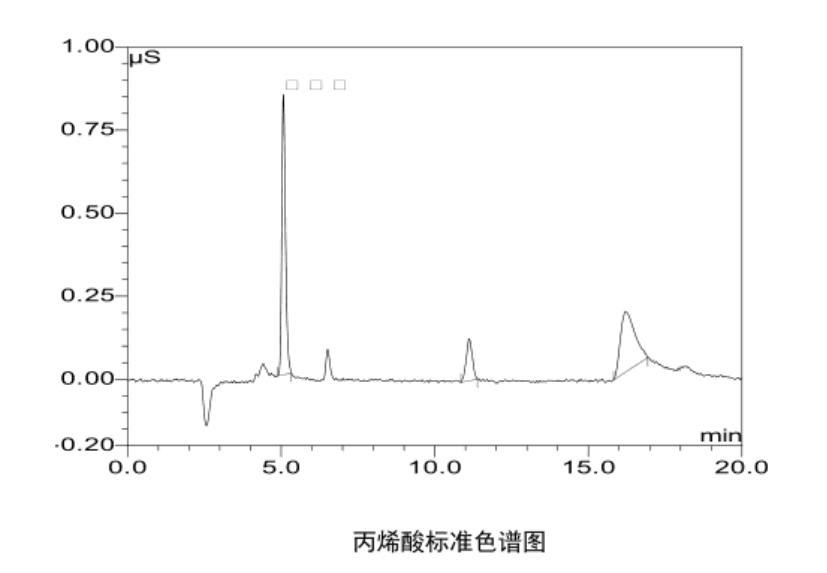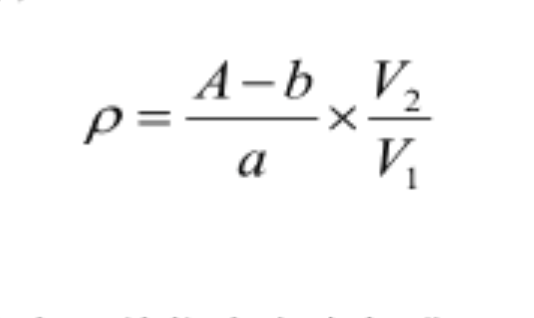Generally, acrylic acid is mainly used to make some chemical raw materials. For example, latex paint for architectural coatings uses acrylic acid as the base material. In recent years, there have been many incidents of surface water pollution caused by the leakage of acrylic acid during transportation. In response to this situation, it not only tests the emergency handling capacity of the environmental protection department, but also tests the inspection and technical capabilities of the relevant environmental protection departments. There are two commonly used methods for the detection of acrylic acid: liquid chromatography and ion chromatography.
Ion chromatography mainly uses the eluent to carry the water sample into the separation column, so that the acrylic acid and the counterion with the ion-exchange functional group compete for the ion-exchange position on the chromatographic column. Acrylic acid is eluted from the chromatographic column through continuous elution of the eluent to achieve separation. The conductivity value of the eluent is greatly reduced by the suppressor, and its chromatographic peak is obtained by the detector. The method is qualitative by retention time and quantitative by peak area.

Reagents used for testing
1. Acrylic reference material: certified reference material, liquid, with a purity of more than 98%.2. Acrylic acid standard stock solution 1 000 mg/L.
Accurately weigh 1.000 g of acrylic acid standard material (accurately measure according to the density of acrylic acid by changing it into volume, dilute it with laboratory first-grade pure water to a 1 000 mL volumetric flask, and prepare a 1 000 mg/L acrylic acid standard stock solution; seal , Refrigerated below 4 ℃ and protected from light, for later use. The validity period of this solution is 30 d.
3. Acrylic acid standard solution 10.0 mg/L.
Pipette accurately draw 1.00 mL standard stock solution into 100 mL volumetric flask, make up to volume with laboratory first-grade pure water, and prepare 10.0 mg/L working solution; this solution is used now.
Instruments used for testing
1. Ion chromatograph: with conductivity detector, hydroxide system eluent generator or equivalent device, and anion suppressor.2. Chromatographic column: the anion analysis column packing is ethylene ethyl styrene divinyl benzene copolymer; the functional group is alkanol quaternary ammonium or alkyl quaternary ammonium; the anion guard column packing is ethylene ethyl styrene divinyl benzene copolymer.
3. Filter: water-based nylon material, the pore size of the filter membrane is 0.45 um.
4. Volumetric flask: 100 mL and 1 000 mL.
5. Analytical balance: 0.1 mg of sense.
6. Glass single reticle pipette: 1 mL and 10 mL.
7. Glass graduated pipette: 5 mL.
Check detailed steps
Instrument setup parametersEluent flow rate: 1.0 mL/min;
Suppressor current: 60 mA;
Injection volume: 100ul;
Elution concentration of eluent: 15 mmol/L, isocratic elution;
Elution time: 20 min.
Curve calibration
Pipette 0 mL, 0.50 mL, 1.00 mL, 2.00 mL, 4.00 mL and 5.00 mL acrylic acid standard solution respectively in a 100 mL volumetric flask, make up to volume with high-purity water, and prepare the acrylic acid concentration to be 0 mg/L, 0.05 mg/L respectively , 0.10 mg/L, 0.20 mg/L, 0.40 mg/L, 0.50 mg/L standard series solutions. This standard series of solutions are used and prepared now. Measure in order of concentration from low to high. The calibration curve was drawn with the peak area of acrylic acid as the ordinate and the concentration as the abscissa.Test water samples
The collected water sample was filtered, and then the concentration of acrylic acid was obtained from the calibration curve according to the peak area of acrylic acid. The peak area of acrylic acid was obtained from the calibration curve to obtain the concentration of acrylic acid. Acrylic standard chromatogram can refer to the corresponding chromatogram. The qualitative translation can determine the acrylic acid in the tested sample according to the retention time of acrylic acid in the standard chromatogram. The quantitative analysis needs to be determined according to the corresponding peak area of acrylic acid, and the final result can be obtained according to the corresponding mass concentration calculation formula.
Quantitative calculation formula of acrylic acid in water samples:

The above content comes from 《DB37/T 4151-2020 Water Quality Determination of Acrylic Acid Ion Chromatography》



